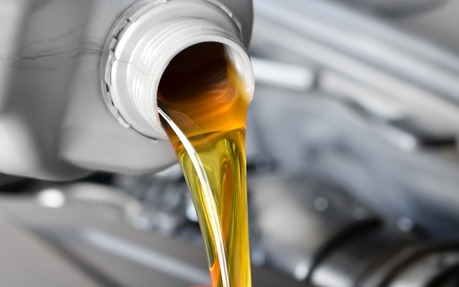Hot Weather Tips to Protect Your Car This Summer
Summer heat can have dangerous effects not just on humans and pets, but also on automobiles. Anytime temperatures exceed 30 degrees Celsius, the various components that make them work are seriously put to the test.
In order to give your car a chance to survive those hot days without any damage, here are a few tips and pointers you should always remember.
Engine Oil
In hot weather, your engine needs the best lubrication possible. Check the oil level and add some if necessary. If an oil change is required, it’s a good idea to do it before the next heat wave.

Coolant
Oil keeps the engine lubricated, but it’s the coolant that keeps it fresh. This liquid plays an instrumental role all year long and particularly during summer.
The hotter the weather, the more important it becomes. Make sure your car has enough coolant and try to spot any leak that could be fatal for your engine.
Tire Pressure
With radical temperature changes, tire pressure can vary a lot, thus compromising your safety on the road. Since hot air takes up more space, you could wind up with over-inflated tires, increasing the risk of a flat.
Check the tire pressure at all corners and make sure it meets the pressure recommended by the manufacturer.
If for some reason your car is still driving on winter tires, have them changed as soon as possible. Under hot temperatures, winter tires result in longer braking distances and they wear out prematurely.

A/C
Is your car equipped with air conditioning? If so, you shouldn’t be too affected by heat… unless the system stops working! Make sure it operates properly and don’t wait if any repair is required.
Battery
While cold temperatures are the number one enemy of your car, a heat wave can also have a negative impact. When it’s super-hot, the liquids in the battery can slowly evaporate, making the battery less effective and compromising the starter’s ability to do its job.
Make sure your battery has a voltage slightly above 12 volts. If that’s not the case, you should consider replacing the battery as a precaution.

